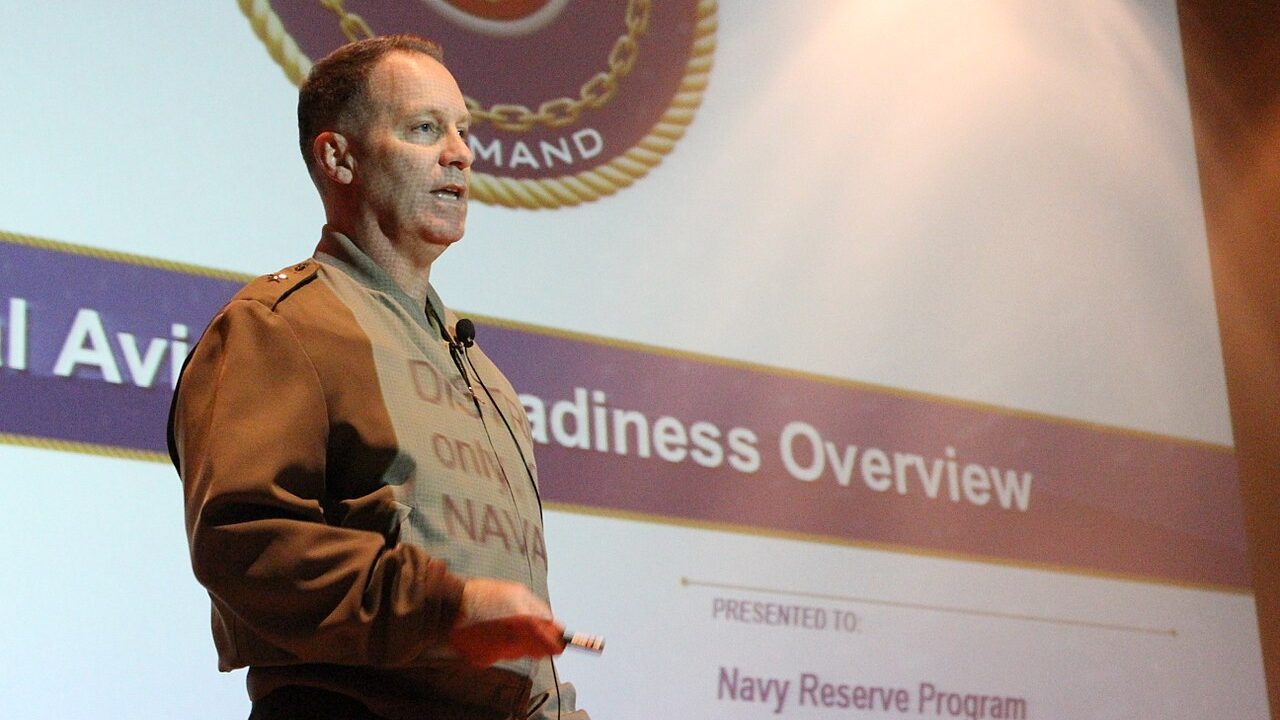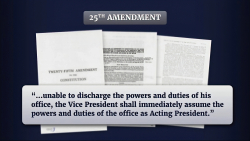
The F-35 JPO Has a New Chief
The new head of the F-35 program is facing tech delays and tough congressional scrutiny as the Pentagon’s largest weapons program tries to regain momentum.
United States Marine Corps Lt. Gen. Gregory L. Masiello has taken charge of the F-35 Joint Program Office (JPO), replacing outgoing United States Air Force Lt. Gen. Michael Schmidt. Though not a military command, the F-35 JPO is the Pentagon’s organization that oversees the development, delivery, and sustainment of the F-35 Lightning II.
It is the most extensive acquisition program within the United States Department of Defense, managing all three variants of the F-35 Joint Strike Fighter for the US Air Force, US Navy, US Marine Corps, international partners, and even foreign military sales (FMS) operators.
“The mandate of the JPO is to deliver a capable, available, and affordable air system to the warfighter,” the NAVAIR F-35 JPO website explained.
Why Was Lt. Gen. Michael Schmidt Replaced?
Schmidt served in the role for three years, taking the helm of the F-35 JPO in 2022, leading more than 3,500 service members, civilians, and contractors. Schmidt, who succeeded US Air Force Lt. Gen. Eric Fick, will be retiring from the Air Force after more than 34 years.
During Schmidt’s tenure leading the F-35 JPO, more than 350 Lockheed Martin F-35s were delivered, and over 1,000 pilots and 6,000 maintainers were trained to fly or maintain the stealth fighter. The program has also reached one million flight hours, and more than 1,100 aircraft have been delivered to customers worldwide.
However, it was also during that time that significant delays occurred due to the development of Technology Refresh-3 (TR-3), which led to the DoD halting the acceptance of fifth-generation fighters for more than a year.
It will be up to Masiello, a 1987 graduate of the United States Naval Academy and US Navy aviator, to lead the program forward. The USMC general had previously served as the director of the Defense Contract Management Agency (DCMA) and, before that, as the F-35 JPO Follow-on Development director and the program executive officer for Air Anti-Submarine Warfare, Assault & Special Mission Programs.
“I’m honored to be taking command of the F-35 Joint Program Office and grateful to Lt. Gen. Schmidt for all he has done for this incredible program,” said Masiello.
“I look forward to serving with this dedicated and winning team, and I know we are ready to continue to support the US and our allies with this world-class platform.”
The New Chief of the JPO Will Have Many Challenges Ahead
Masiello will almost certainly have to hit the ground running. As reported by Air & Space Force’s magazine, he’ll have to conclude contracts for Lots 18 and 19 of the F-35, including finalizing the unit costs.
A deal also needs to be reached with the F135 engines from Pratt & Whitney’s subsidiary, RTX. However, the biggest issue that requires resolution is the testing of the finalized TR-3. Until this issue is resolved, delivered aircraft with a truncated version of the upgrade will still be unable to engage in combat.
“The TR-3 is the foundational upgrade on which all of the Block 4 upgrades, up to 80 separate improvements, depend,” Air & Space Forces magazine explained.
Once that is addressed, Masiello will still have to deal with the F-35’s new radar, which could require a redesign to the “mold line of the airframe,” while an updated engine is in the pipeline. Even when all of that is resolved, which could be enough to keep Masiello busy for years, Lockheed Martin CEO Jim Taiclet suggested earlier this year that a supercharged F-35 be developed to compete with the Boeing F-47. This sixth-generation manned fighter is the centerpiece of the Next Generation Air Dominance (NGAD) program.
Masiello likely won’t have to worry about the F-55, the twin-engine model proposed by President Donald Trump, as such an aircraft is expected to be little more than a mere fantasy. Even if it were to be developed, it would fall outside the purview of the F-35 JPO.
However, the biggest challenge the USMC general may face is from lawmakers, who are likely to question the cost and effectiveness of the aircraft. Masiello should expect to field tough questions, including what the JPO is doing to increase the mission-capable rates and reduce sustainment costs.
Then, there is tech entrepreneur Elon Musk, who infamously questioned why the US was building manned fighters instead of focusing on drones. Masiello will need to have the answers ready on those and other issues. The F-35 JPO may not be a combat command, but it might feel like it at times for the man in charge of it.
About the Author: Peter Suciu
Peter Suciu has contributed over 3,200 published pieces to more than four dozen magazines and websites over a thirty-year career in journalism. He regularly writes about military hardware, firearms history, cybersecurity, politics, and international affairs. Peter is also a Contributing Writer for Forbes and Clearance Jobs. He is based in Michigan. You can follow him on Twitter: @PeterSuciu. You can email the author: Editor@nationalinterest.org.
Image Credit: Wikimedia Commons/US Navy.
The post The F-35 JPO Has a New Chief appeared first on The National Interest.

















